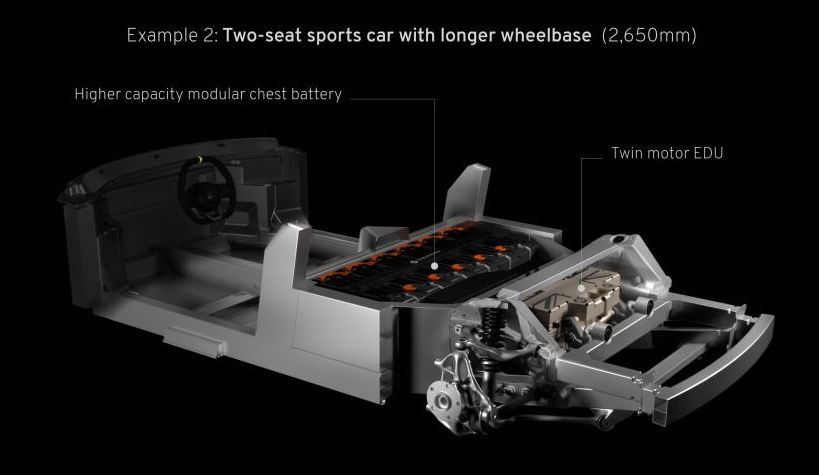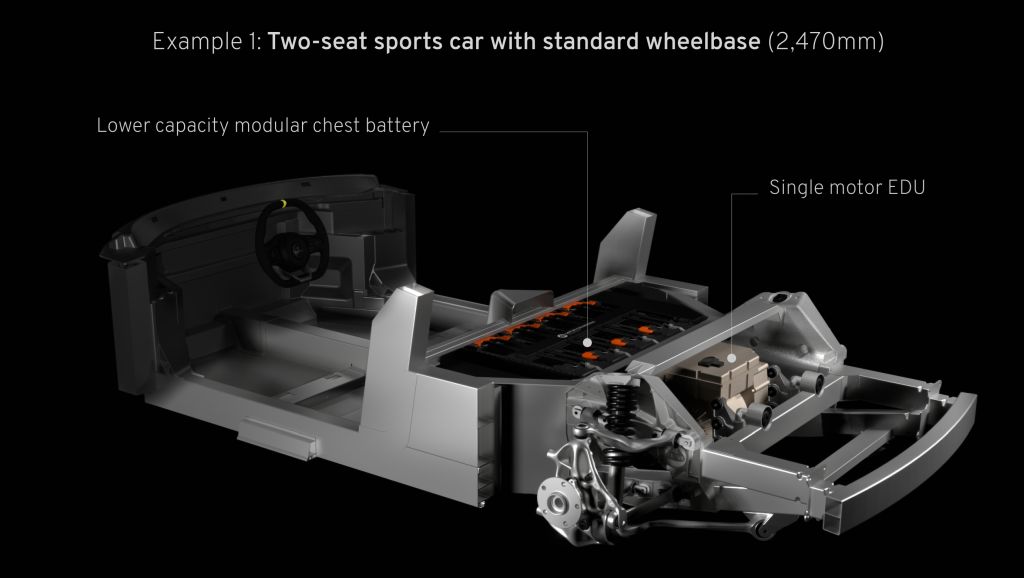HETHEL (UK): Just weeks after Lotus confirmed it will be launching a new family of EV performance cars, it has given a world premiere to the innovative new lightweight chassis technology that will underpin the electric sports car in the range.
The new structure has been developed through Project LEVA (Lightweight Electric Vehicle Architecture), announced last October by Lotus.
Project LEVA is a research programme that’s accelerating the development of all-new lightweight structures for next-generation battery electric vehicles.
Lotus said today it now has the "blueprint" for the next generation of electric sports cars, for future Lotus products and for the Lotus Engineering consultancy to commercialise.
The rear structure is 37% lighter than it is on the Emira V6, it added.

The Project LEVA lightweight chassis technology is being shown at the Low Carbon Vehicle event staged by Cenex, the UK’s Low Carbon and Fuel Cells Centre of Excellence, at Millbrook Proving Ground, Bedfordshire, UK, on Sept 22-23.
The new EV architecture is fully adaptable to provide a platform for a range of EVs with variable layouts, wheelbase lengths, battery sizes and configurations, said Lotus.
All three layouts feature a common lightweight die-cast rear sub-frame with multiple interchangeable components. It means a single vehicle architecture can accommodate two different types of battery configurations:
> ‘Chest’ layout, where the modules are stacked vertically behind the two seats. A chest layout is a ‘mid-mounted power pack’, ideal for sports car / hypercar vehicle types where a low overall ride height and low centre of gravity are required, and as seen on the Lotus Evija pure electric hypercar.
> ‘Slab’ layout, where the modules are integrated horizontally under the cabin. This is most suitable for vehicles where a higher ride height and a taller overall profile is required. It is often referred to as a "skateboard power pack" layout.

The innovative new subframe features cylindrical battery cells for high energy density, with the option of a single or twin electronic drive unit (EDU) to support. Cold cure, spot bonding and advanced weld processes mean reduced environmental impact during assembly.
This unique degree of flexibility and modularity in wheelbase and propulsion solutions will be the start for a wide variety of electric vehicle applications. These could be for the eagerly anticipated Lotus electric sports car – scheduled for launch in 2026 – as well as for third-party clients through Lotus Engineering.
Funding for the project came in part from the Advanced Route to Market Demonstrator programme (ARMD). Awarded by the UK Government’s Department for Business, Energy and Industrial Strategy (BEIS), the programme is delivered on behalf of the Advanced Propulsion Centre (APC) by Cenex.

Today’s announcement is the latest in a series detailing Lotus’ transition to an all-electric brand:
The next stage of the project is for Lotus to continue development of the all-electric vehicles which will be built on the new architecture.
Project LEVA is led by engineer Richard Rackham, Lotus vehicle concepts chief.












